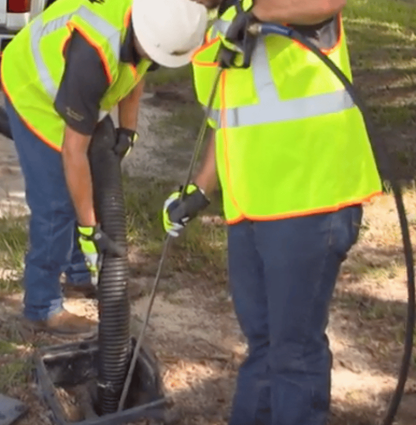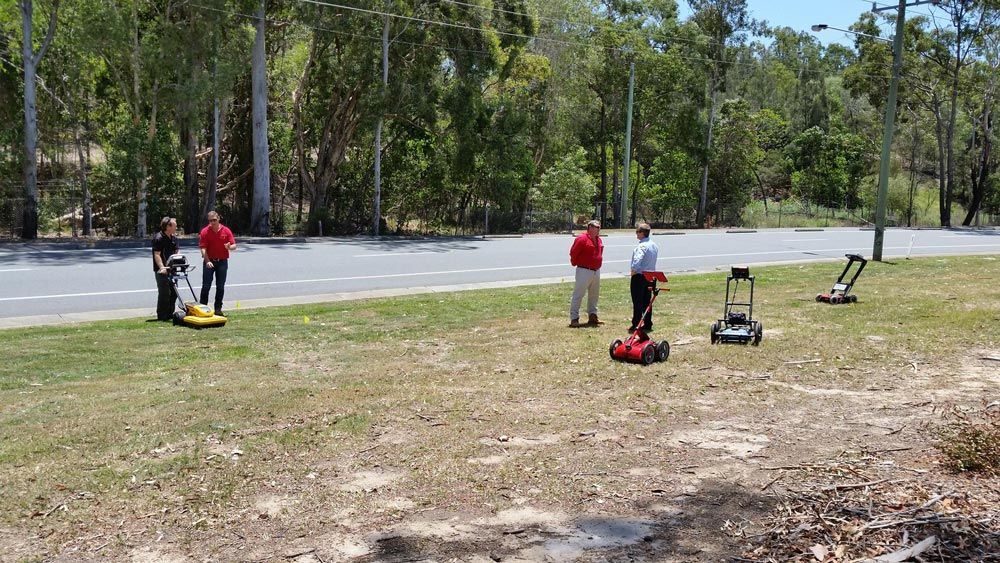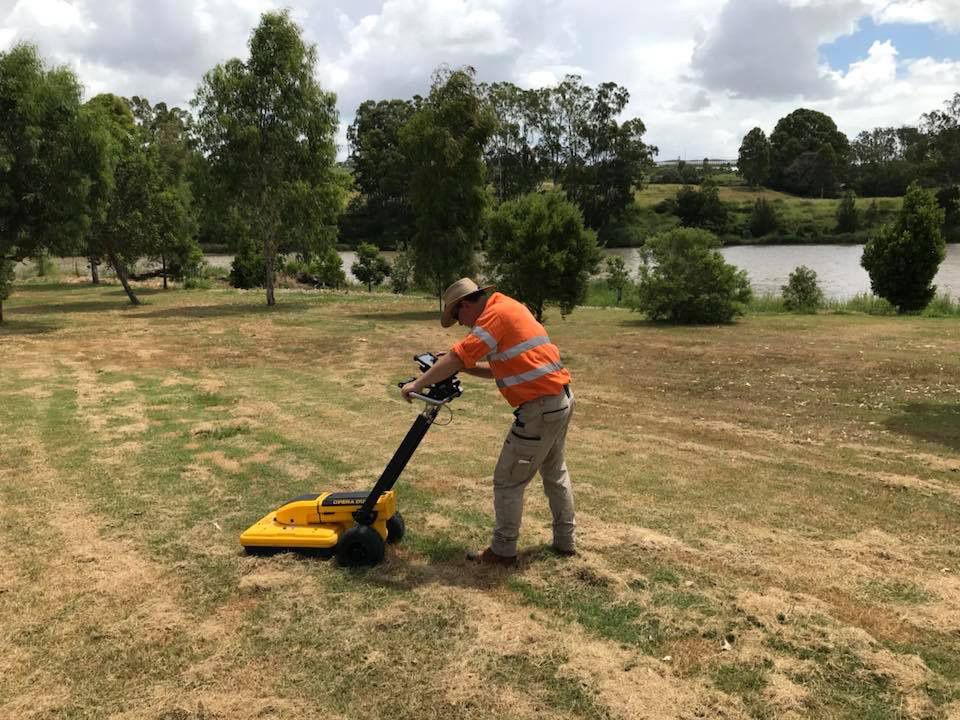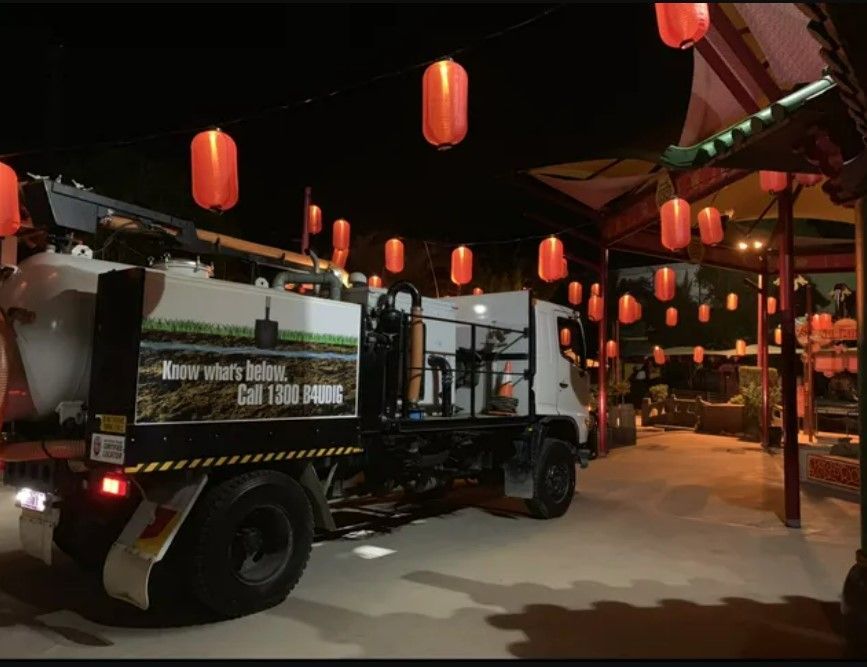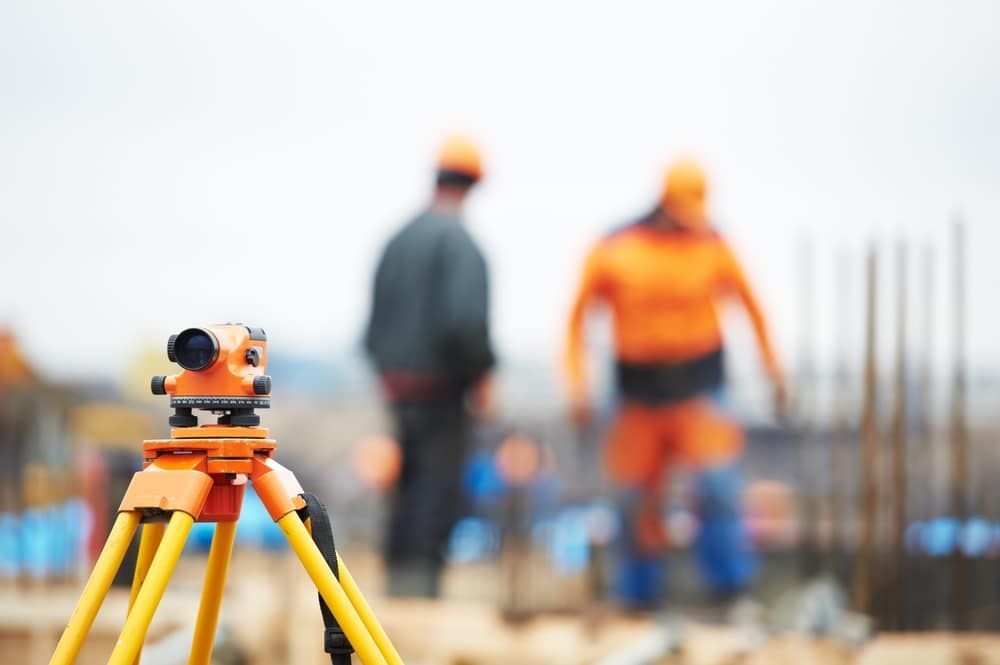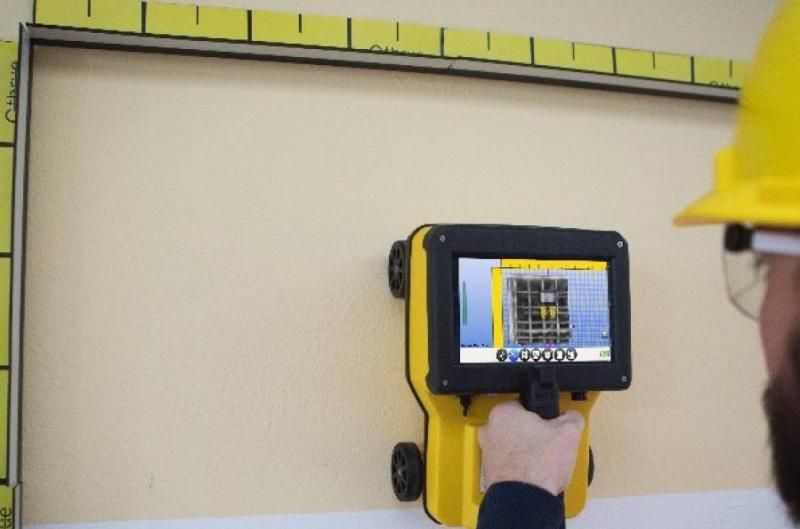What Are The Most Common Hazards During Excavation?
A wide range of construction projects require excavation work. Despite its common occurrence on construction sites, excavation is plagued with several hazards that – without the correct safety equipment and precautions – can cause injury to project teams, bystanders, and even equipment.
Being aware of the potential hazards associated with excavations ensures you put relevant safety precautions in place to mitigate them. Discover six common excavation hazards and how to avoid them on your site below.
1. Employee falls
Workers are at risk of tripping over lines, equipment, or debris and falling into trenches when working on an excavation. Such falls can lead to significant injuries – such as broken bones or loss of consciousness. Prevent falls by using signage and barriers to mark hazardous areas on the construction site. This signage should be visible to members of the public too where construction is taking place near residential areas. If there are any raps installed on the worksite, ensure they are flat and free from tripping hazards. Ensure all team members stay alert while working and are aware of construction boundaries.
2. Trench collapses
A trench collapse occurs when the walls of an excavation cave in, causing dirt or soil to collapse into the excavation site. To prevent this from happening, be sure to hire a professional engineer to perform soil composition analysis. Such analysis allows construction teams to design a support system that prevents dirt from becoming dislodged. Some relevant support measures used to prevent collapses include slopes, shields, and supports. Hydro-excavation can also be used to move debris safely and quickly out of the way.
It’s also important to inspect excavations after experiencing extreme weather conditions to determine whether soil stability has been impacted. It’s recommended to perform inspections at the beginning and end of each shift too.
3. Falling loads
Falling loads refer to dirt or debris that has the potential to crush workers upon falling. Be sure to store materials approximately two feet away from the edge of an excavation to avoid overhead falls. Remind teams to exercise caution when entering work areas that are at risk of falling materials. Don’t let anyone enter the site without wearing the appropriate safety equipment – especially headgear. You can further prevent falling loads by providing workers with a means of egress that is at least four-feet deep.
4. Hitting utility lines
Workers may come across buried water, electrical and gas lines when performing excavations. If they fail to identify these utility lines on city documentation, construction teams are at risk of hitting them – leading to explosions and life-threatening situations. Consider using a vacuum excavator when excavating around identified utility lines, as this will prevent the risk of puncturing them with your equipment. It’s also worth contacting local utility companies prior to excavating to gain better clarity on underground utility networks.
5. Mobile equipment
Mobile requirement commonly refers to vehicles such as backhoe loaders, dump trucks, and bulldozers – all of which are commonly present at excavation sites. If equipment operators have an obstructed view, they may be unaware of the trench perimeter or other workers surrounding them.
Be sure to use a flagger or spotter when operating mobile equipment to minimise hazards. Make sure spotters have a clear path ahead so they can move around with ease. Ensure all other construction workers maintain a safe distance while vehicles are in operation. Even with a safe distance, teams should still wear appropriate protective equipment as well as reflective vests.
6. Low oxygen levels
Trenched areas are oftentimes subject to low oxygen levels, excessive dust and smoke, and contaminated atmospheres. This is especially the case where there’s a ruptured gas line. Hire a qualified professional to carry out atmospheric testing prior to excavation. Doing so allows you to determine whether respiratory protection equipment is required when working underground. It’s essential that you also inform people in nearby homes and buildings if there are any gas leaks before contacting a professional to deal with the matter.
Following these safety precautions allows you to guard against the most common risks associated with excavations. For specialist help and advice with underground services and vacuum excavations, contact our excavation experts at Lambert Locations today.
